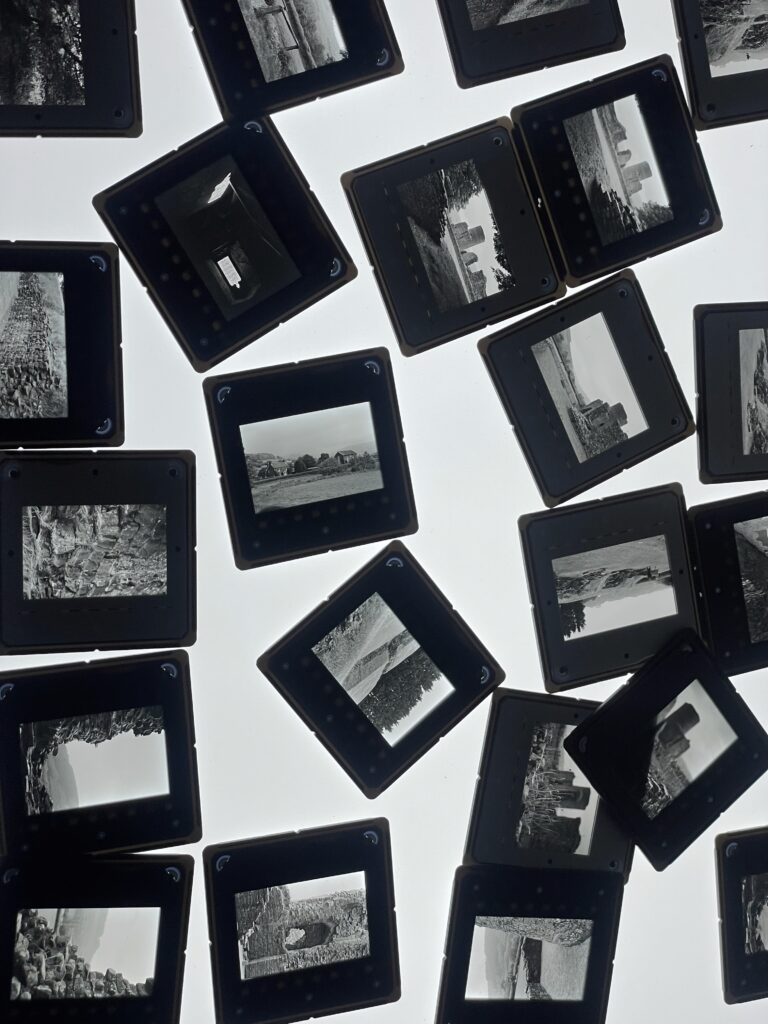
Agfa Scala 200X has been a Film I had been wanting to shoot for a long long time; I always saw the beautiful contrasty pin sharp images up on the net and was always very impress...
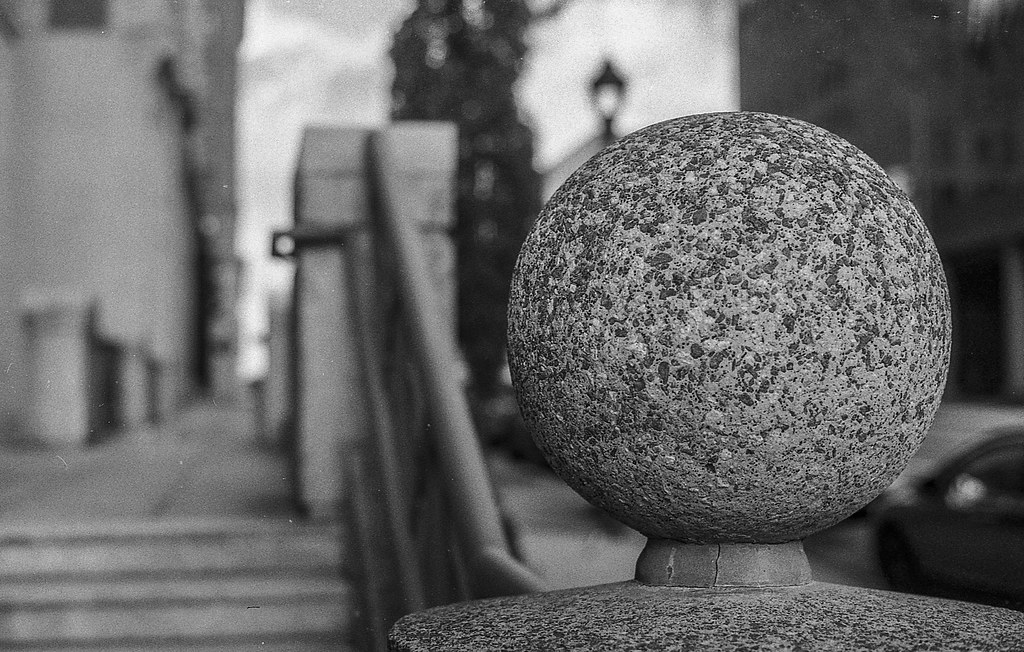
I honestly do not know what possessed me to buy this film. While I shoot a number of film speeds my usual go to is 400. Other less often but I usually stay between 100 and 800. ...

AS swallows turning backward When half-way o’er the sea, At one word’s trumpet summons They came again to me – The hopes I had forgotten Came back again to me....
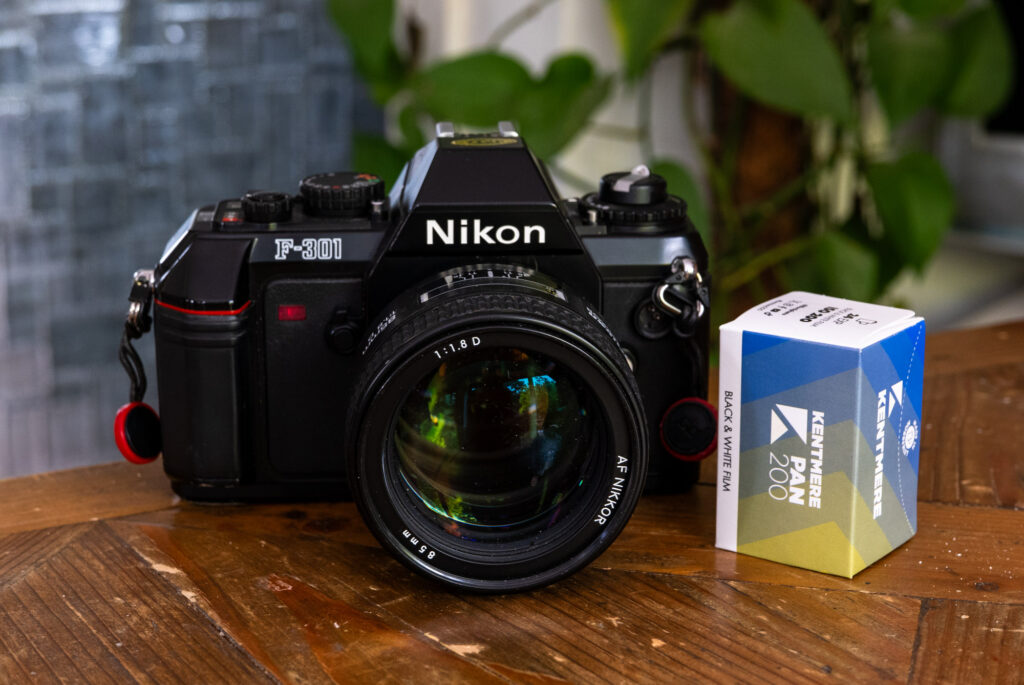
Back in late March, Michelle from Harman got in touch with news of yet another forthcoming film launch for 2025 – this time Kentmere 200. Kentmere films are manufactured b...
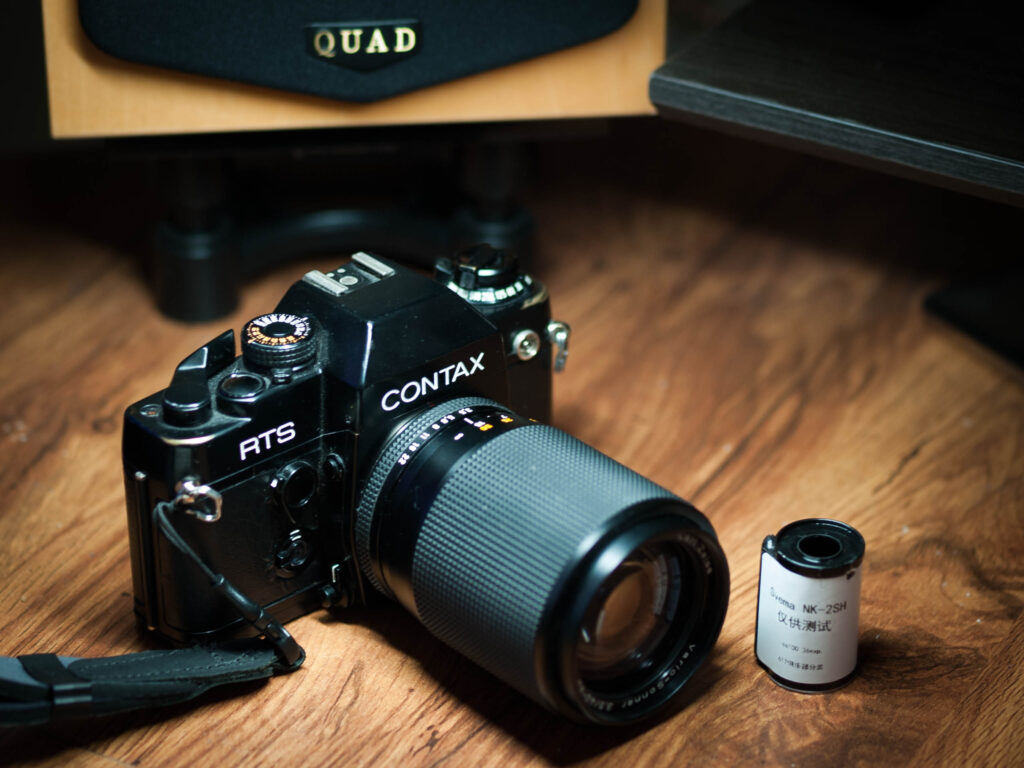
Svema NK-2SH is a black and white film that is a remake of the classic Soviet film NK-2. It is produced in the same city as the original, Shostka in The Ukraine, and partly with...
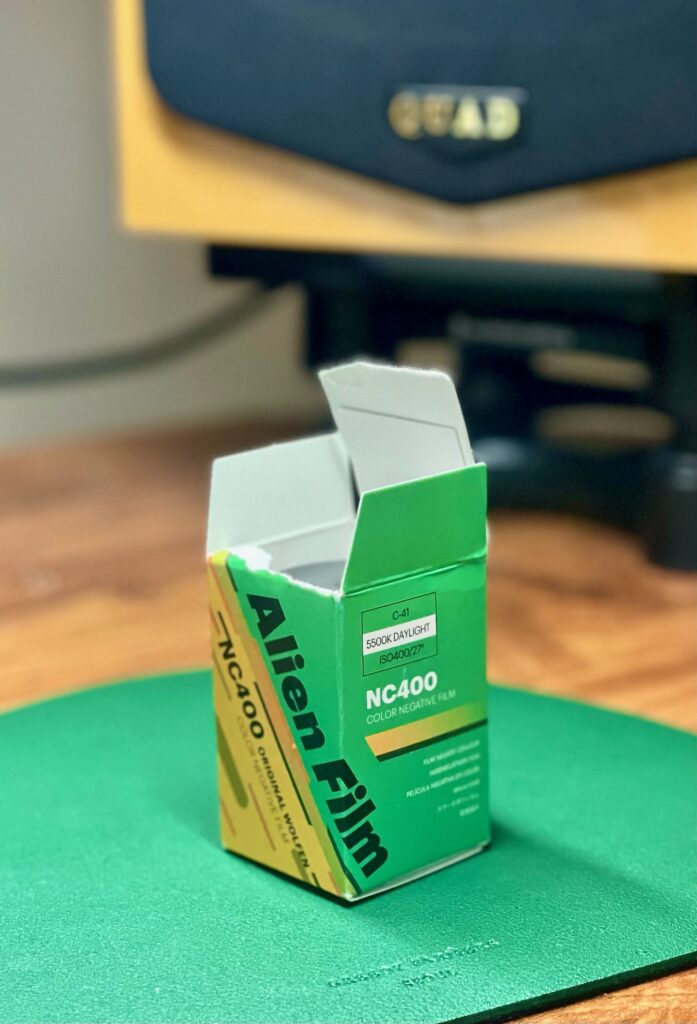
I was given this film to use and review by Mark Xiao Chenye who has begun to import and sell Re-spooled Chinese Films. Mark sent me two rolls of Film. The other being a B&W ...
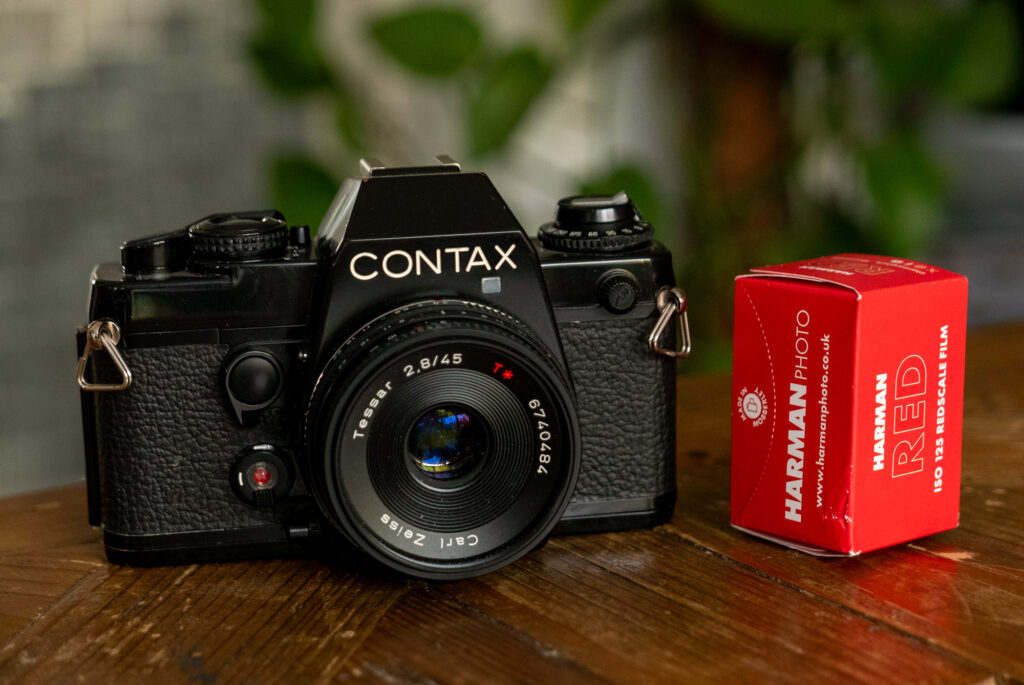
Harman recently released a new film, Harman Red. In case it’s not obvious from its name, it’s called Red because it’s a red scale film, i.e. it makes red photos. Now, I should s...
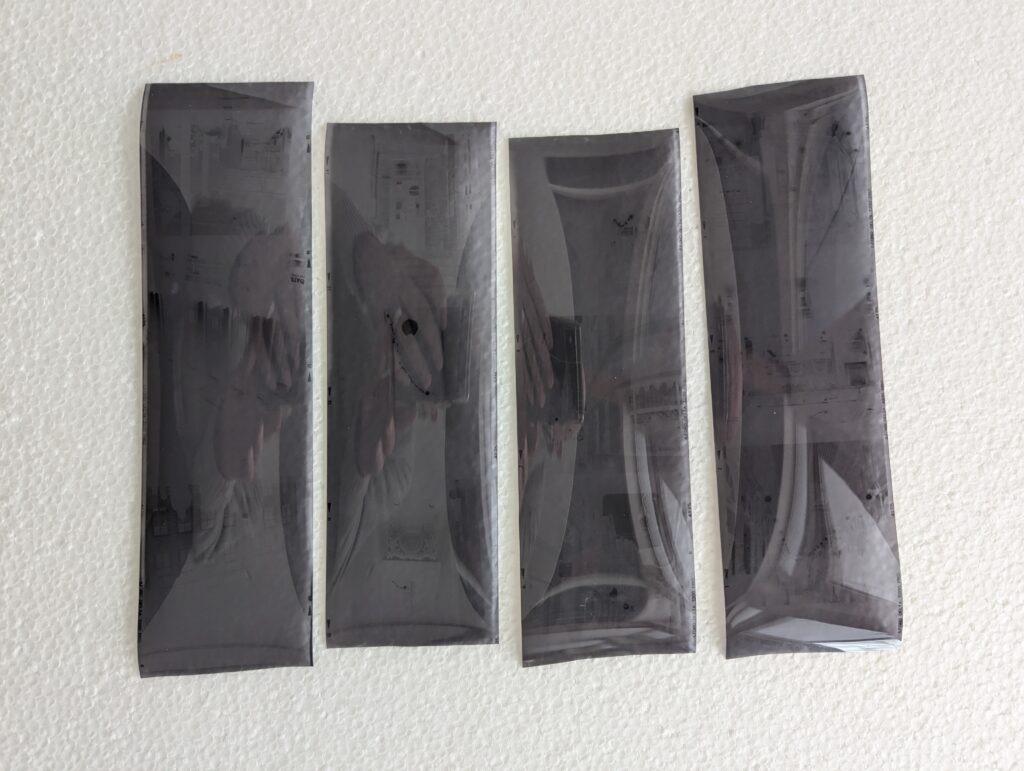
Brace yourselves, this won’t be pleasant. Stored at the top of the fridge in my London flat I found several rolls of Delta 3200 now eight years past the expiry date. I’m used to...











